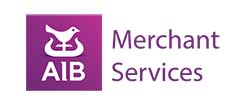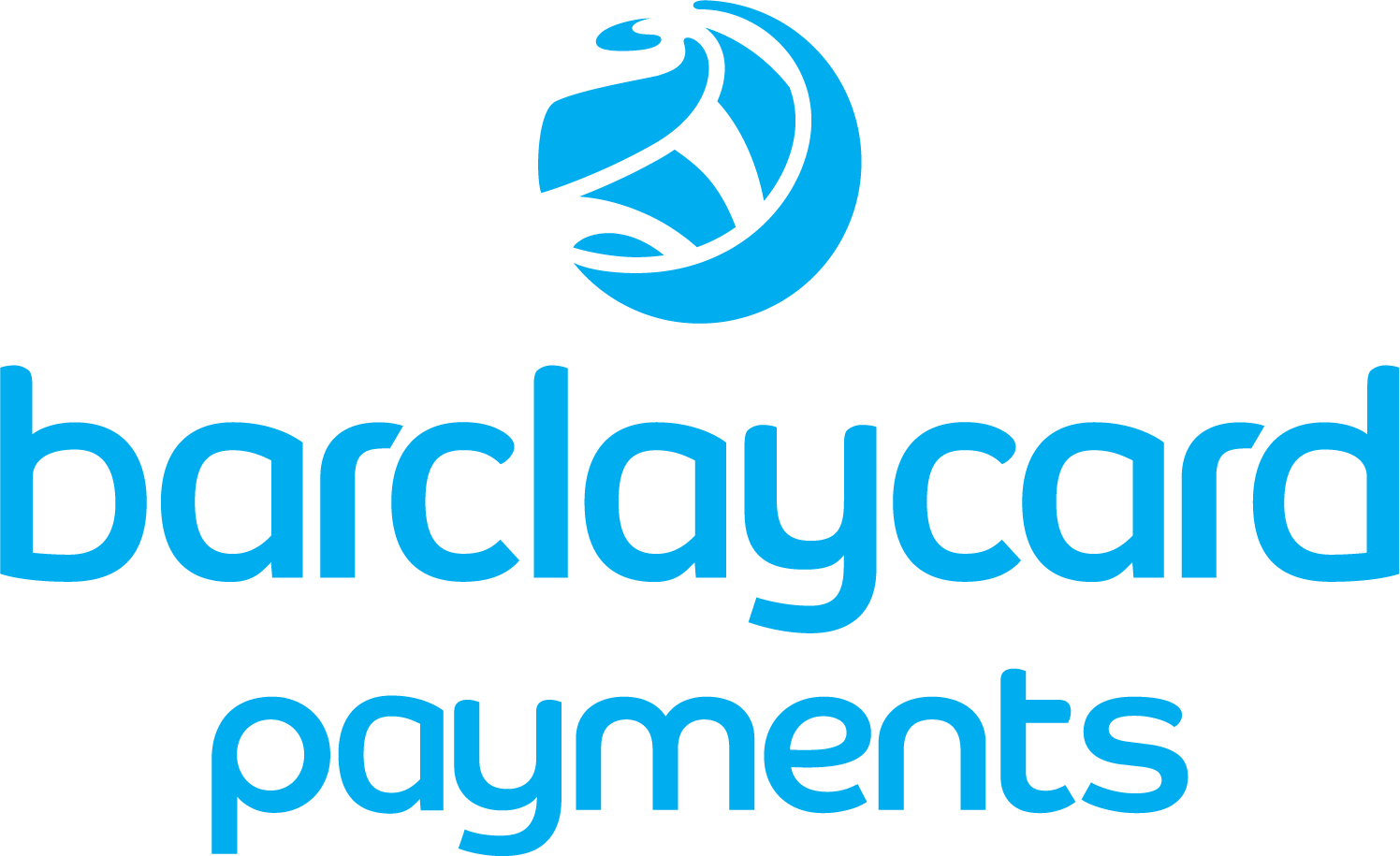- Compare Card Processing Rates from as low as 0.27%
- Keep your card processing fees to a minimum
- Direct access to 80% of the UK’s leading acquiring banks
- Make the right choice for your next UK payment provider
- Ensure your rates always remain competitive
- Seamlessly switch payment provider without a hitch






We're rated Excellent on
How to Set Up an Online Payment Gateway: A Simple Guide for Beginners
Accepting online payments is essential for any e-commerce business looking to grow. Whether you run an online store or offer services, a payment gateway ensures smooth and secure transactions.
This guide will walk you through how to set up an online payment gateway, covering everything from choosing a payment gateway provider to integrating it with your website.
What Is a Payment Gateway?
A payment gateway is the online equivalent of a point of sale (POS) system. It securely processes credit card payments, debit card transactions, and other electronic transactions by transferring payment details between the customer, merchant, and banks.
How a Payment Gateway Works
-
Customer Enters Payment Details – The buyer provides their credit card details or debit card information on your checkout page or hosted payment page.
-
Payment Gateway Encrypts Data – The payment gateway encrypts sensitive data to ensure security.
-
Fraud Checks & Authorization – The gateway sends the transaction information to the acquiring bank (your bank) and the issuing bank (customer’s bank) for approval.
-
Transaction Approval – If approved, funds are transferred from the customer’s bank account to your merchant account.
-
Payment Confirmation – The customer sees a success message, and the entire payment process is completed.
Steps to Set Up an Online Payment Gateway
1. Choose the Right Payment Gateway Provider
Selecting a payment gateway provider depends on factors like transaction fees, PCI DSS compliance, and payment methods accepted.
Popular third-party payment providers in the UK include:
-
Stripe
-
PayPal
-
Worldpay
-
Square
-
Adyen
Consider:
-
Transaction fees (per-transaction or monthly)
-
Hosted payment gateways vs. self-hosted solutions
-
Supported card payments (Visa, Mastercard, etc.)
-
Recurring payments support (for subscriptions)
-
Fraud checks and security measures
2. Set Up a Business Bank Account & Merchant Account
To receive payments accepted online, you’ll need:
-
A business bank account (where funds are deposited)
-
A merchant account (a special account allowing you to accept card transactions)
Some payment processors (like Stripe) include a built-in merchant account, simplifying setup.
3. Ensure PCI DSS Compliance
PCI compliance is mandatory for handling payment data. A payment gateway provider usually handles this, but you must ensure secure payment processing on your site.
4. Integrate the Payment Gateway
There are two main ways to integrate a payment gateway:
A. Hosted Payment Gateway
-
Customers are redirected to a hosted payment page (e.g., PayPal).
-
Easier to set up, with fewer security measures to manage.
B. Self-Hosted Payment Gateway
-
Payments occur on your website.
-
Requires experienced developers for payment gateway integration.
-
Better customer experience but higher security responsibility.
5. Test the Payment Process
Before going live:
-
Use a test environment to simulate transactions.
-
Check for insufficient funds, declined cards, and fraud checks.
-
Ensure payment information is encrypted.
6. Go Live & Monitor Transactions
Once tested:
-
Enable payments online on your e-commerce platform.
-
Monitor transaction volumes and processing payments for issues.
-
Provide technical support for customers facing payment issues.
Key Features of a Good Payment Gateway
-
Security Measures – Encryption, PCI DSS compliance, and fraud detection.
-
Multiple Payment Options – Credit card, debit card, digital wallets.
-
Seamless Checkout – Optimized payment portal for better customer experience.
-
Recurring Payments – For subscriptions.
-
Global Support – Accept payments in multiple currencies.
Common Challenges & Solutions
|
Challenge |
Solution |
|---|---|
|
High transaction fees |
Compare providers for lower rates |
|
PCI compliance issues |
Use a hosted payment gateway |
|
Slow transaction process |
Optimize payment gateway integration |
|
Fraudulent transactions |
Enable strong fraud checks |
Conclusion
Learning how to set up an online payment gateway is crucial for any online business. By choosing the right payment processor, ensuring PCI compliance, and integrating a secure payment page, you can start taking payments online smoothly.
Ready to accept online payments? Compare payment gateway providers today and enhance your e-commerce business with seamless payment processing!
